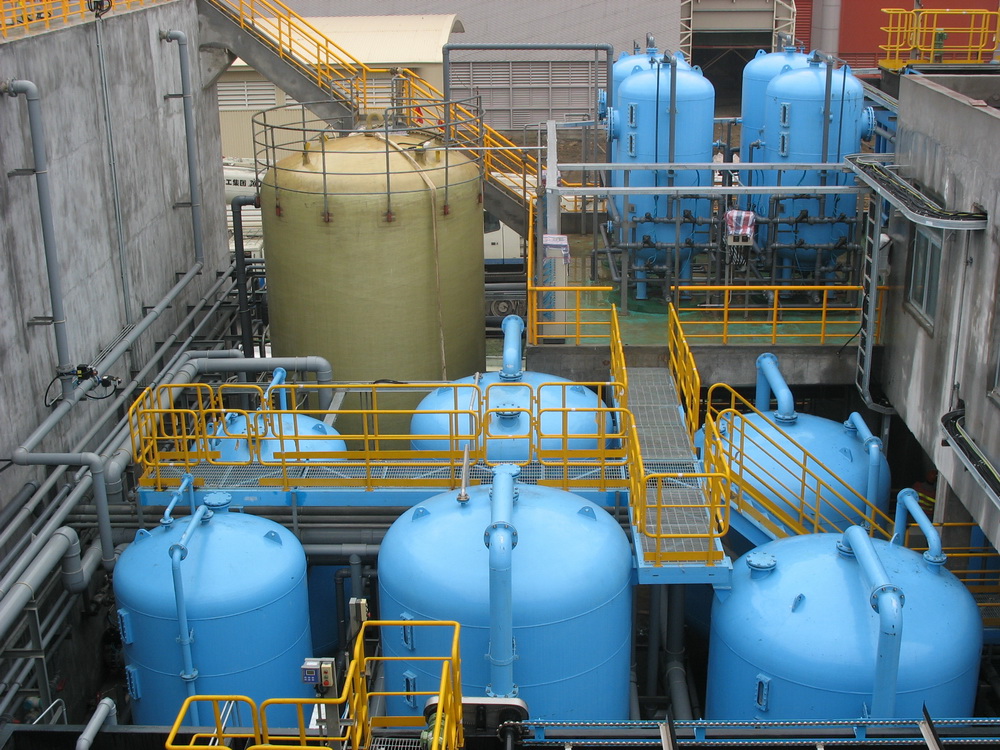UPW Pressure Vessels
Demineralization
PACT pressure vessels are pre-engineered or custom designed for manual or automatic operation. PACT 's in-house manufacturing facilities provide sand/grit blasting, priming, painting and rubber lining. The pressure vessels are manufactured by technicians specialized in all disciplines of steel and alloy steel handling, forming, metal surface preparation and welding. All apparatus are available at PACT 's manufacturing facilities for nondestructive testing, x-ray inspection, high voltage electric spark lining integrity testing, etc. Standard tanks are designed for working pressure of 7 kg/cm 2 and fabricated to ASME section VIII specifications.
SAND, MULTI-MEDIA AND CARBON FILTERS
PACT pressure filters are used for a variety of applications and most commonly for filtration of particulates at a slow rate (sand filters), deep filtration at a higher rate (multi-media filters) and adsorption of chlorine/taste/odor and removal of organics (carbon filters).
ION-EXCHANGE SOFTENERS
Ion-exchange Softeners contain sodium form or hydrogen form ion exchange resins. Hard water contains dissolved minerals in the form of Ca2+ and Mg2+. Removal of these minerals is accomplished by softening the water through an ion-exchange process. PACT Ion-exchange Softeners are made of ion exchange resins combines high operating capacity with excellent chemical/physical stability. The regeneration cycle can be initiated manually or automatically by a day time clock or a water meter.
TWO-BED DEIONIZERS
Employing cation and anion resins in separate vessels, these units are capable of producing water of low mineral content. Between the cation resins vessel and anion resins, there could be a degasifier according to the water contents and other requirements, in order to reduce the work load for the Anion Bed Deionizer (CO2 dissolved in water to form HCO3-).
When passing through the Cation Bed Deionizer, the cation in water is replaced by hydrogen ion (H+) from the cation resins. When passing through the Anion Bed Deionizer, the anion in the water is replaced by hydroxide ion (OH-) from the anion resins. The hydrogen ions (H+) and hydroxide ions (OH-) combine together and become water molecule (H2O). Thus, removal of the mineral content is accomplished by Two-Bed Deionizers process.
MIXED-BED DEIONIZERS
Mixed-Bed deionizers have a proven record as primary equipment to provide extremely high purity water for process use such as semiconductor, electronics, power and similar critical applications. Mixed-bed units employ cation and anion resins in a single vessel. These units produce water of neutral pH and ultra low mineral content of total ionizable solids in the ppb range. They may be used as stand alone units or as polishers downstream of a two-bed deionizer or a reverse osmosis system.

